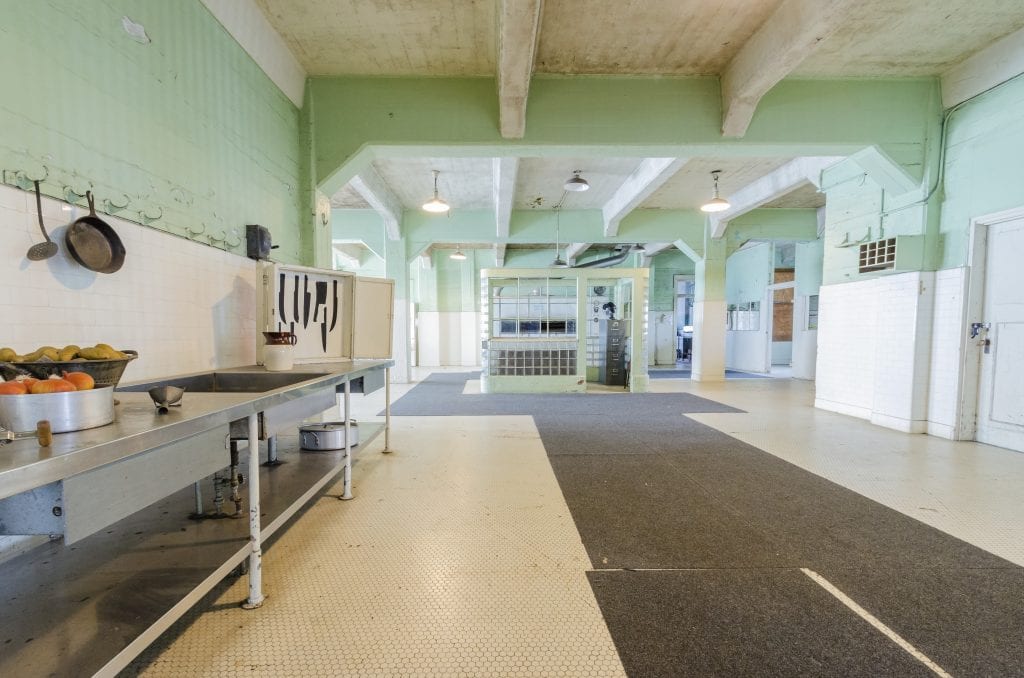Yes and no. Federal prison work release programs don’t reduce your sentence. Most programs allow people in prison to move into a transition center. Here, you will have more freedom and work outside the prison.
What’s the difference between federal work release programs and work inside the prison?
The Federal Bureau of Prisons (BOP) says that you must work inside the prison. An incarcerated person who is healthy and able to must work as part of their sentence. These programs pay prisoners $0.12 to $0.40 per hour. Prisons may need you to work in food service, laundry or groundskeeping.
Work release programs are different. These programs help you get ready to leave prison. You can join a work-release program up to four years before the end of your sentence. But most people don’t begin work release until the last six to 12 months of their sentence. In a work-release program, you work outside the prison for up to 14 hours each day.
Though you are still in prison, you live in a transition center. In these centers, you have more freedom. This work and more freedom help you prepare for life outside prison. You will get used to a structured workday and taking care of your daily needs.

Why should you join a work-release program?
For most people in prison, living in a transition center is one of the best things about work release programs. Life inside transition centers looks more like life outside prison. You may share a space with others, but you also have more freedom. And you get to leave the prison during the workday.
Incarcerated people who participate in work release programs are less likely to return to prison. Many prisoners find it hard to leave prison and reenter society. Work release programs help you learn (or relearn) how to care for yourself and earn money.
Incarcerated people with addiction issues return to prison less often with work release programs. The transition centers offer more support for substance abuse and addiction than prisons do. You will learn how to manage addiction and avoid relapse.
How do you get into a work-release program?
Each prison has different rules for entering work release programs. Check with prison officials for information about their program options. You may have to file paperwork or make a formal request. There may also be a waitlist for work release at your prison.
Some incarcerated people cannot enter work programs. Prisoners convicted of violent or sexual assault crimes may, for example, not qualify. You also can’t enter a work program if your sentence is less than 30 days. If you have questions about your eligibility, ask prison staff or your lawyer.
It’s also important for you to have a good record during your sentence. Prison staff can reject your application for misconduct. They can also remove you from programs if you break the rules. The best thing you can do is keep a clean record in prison.
The Takeaway:
Work release programs won’t reduce your sentence. You will have more freedom in a transition center. And you get to leave the prison for work. You may not get out sooner, but life in a program will feel more like the outside world.






